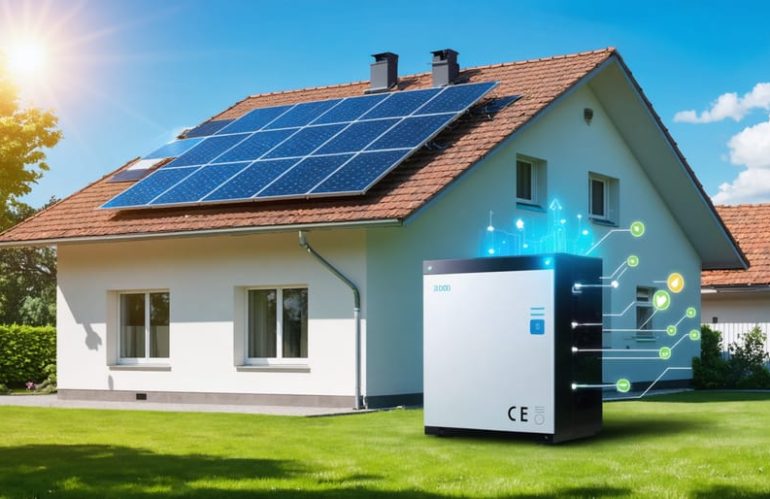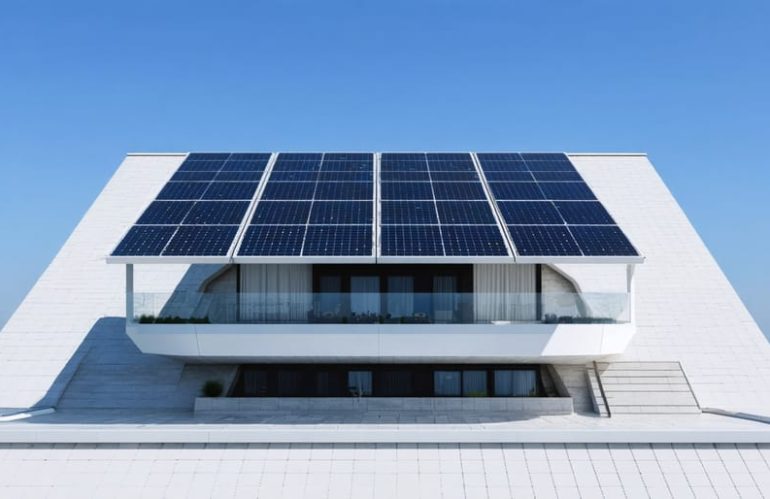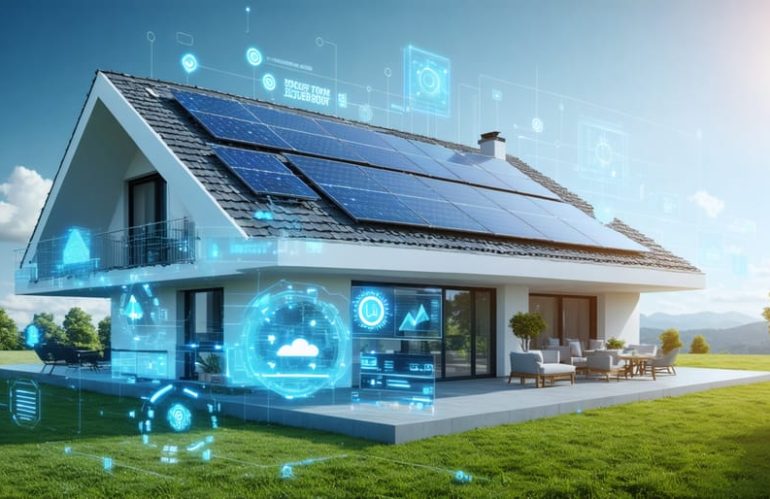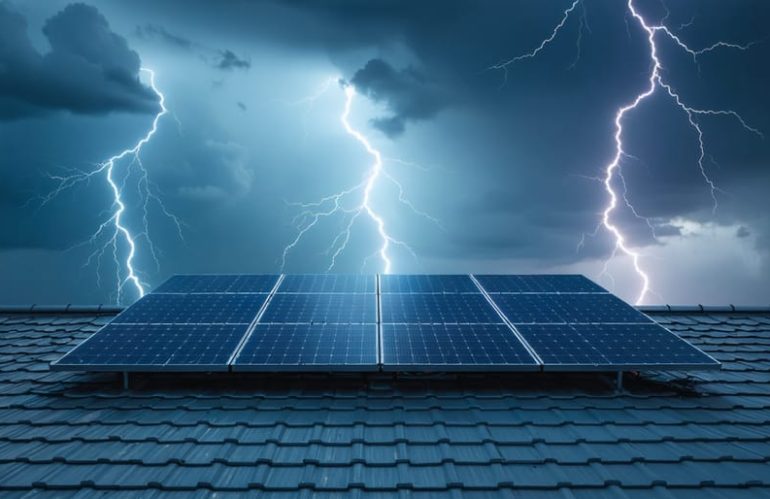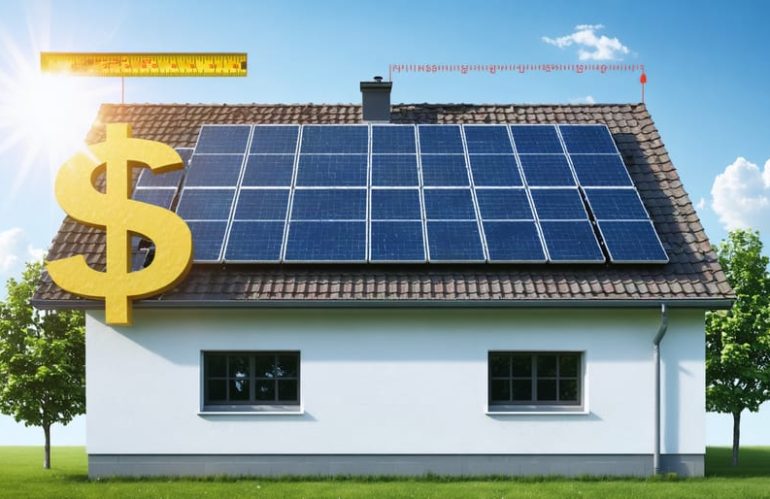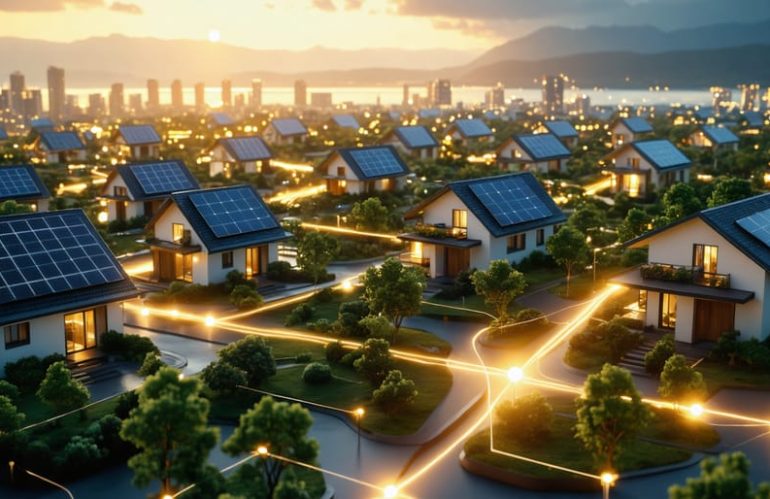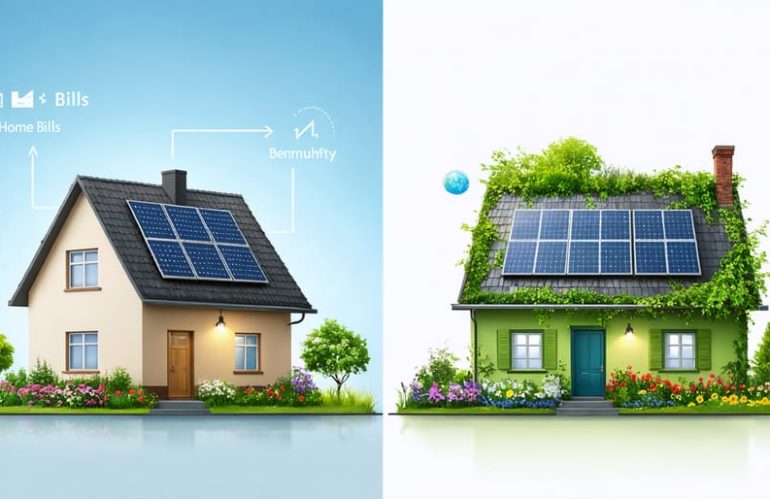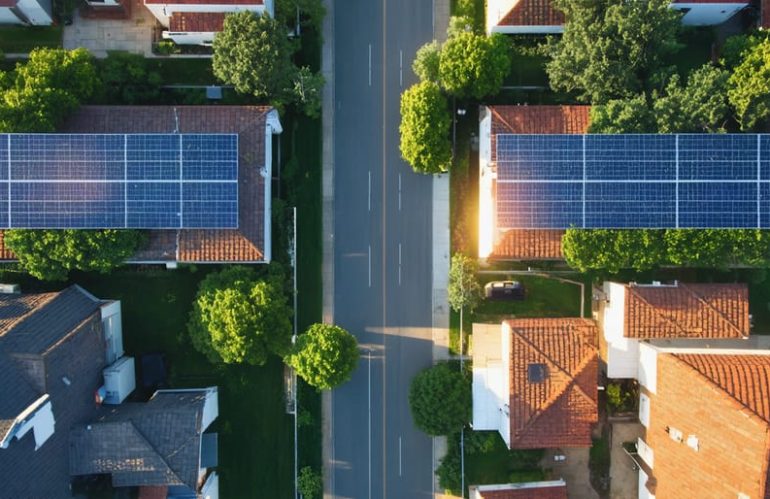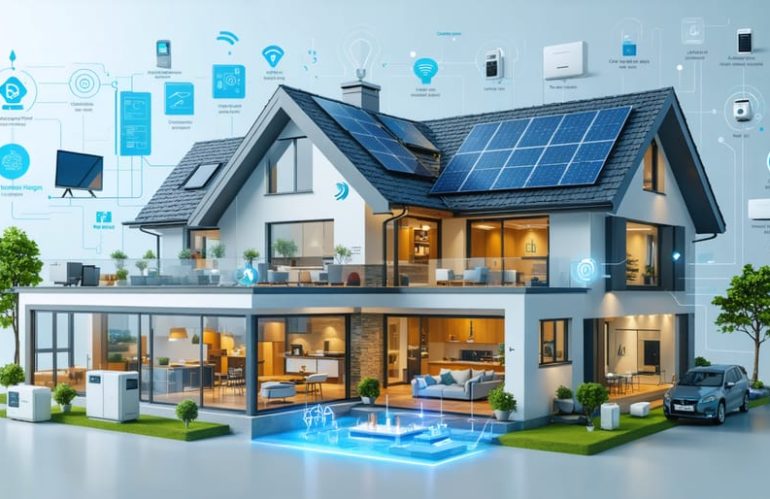Three-phase battery backup systems represent a significant leap forward in achieving true grid independence for modern homes. Unlike traditional single-phase solutions, these advanced systems provide comprehensive power coverage for your entire household, including heavy-duty appliances and electric vehicle charging stations. By balancing loads across all three phases, they deliver superior efficiency and reliability during power outages while maximizing the return on your solar …
Author: richard
Modern Solar Panels That Actually Pay For Themselves (2024 Breakthroughs)
Solar technology has undergone a remarkable transformation in the past decade, revolutionizing how we harness the sun’s energy for our homes and businesses. Today’s solar panels achieve conversion efficiencies exceeding 23%, nearly double what was possible just fifteen years ago, while costing less than half as much to manufacture and install.
Recent breakthroughs in photovoltaic materials, particularly the emergence of perovskite-based cells and bifacial panels, have pushed the boundaries of what’s possible in renewable energy. These innovations don’t just capture more sunlight – they’re also more …
Smart Solar: How Predictive Analytics Maximizes Your Home’s Energy Production
Imagine slashing your energy bills by up to 30% while maximizing your solar investment – that’s the transformative power of predictive analytics in home energy management. This cutting-edge technology analyzes your historical energy usage patterns, weather forecasts, and solar production data to optimize your home’s energy consumption in real-time.
Gone are the days of reactive energy management. Today’s smart home systems harness artificial intelligence to forecast your energy needs, automatically adjusting power consumption during peak periods and maximizing solar generation when conditions are optimal. For…
Protect Your Solar Investment: Essential Surge Protection for Your Home Solar System
Safeguard your solar panel system against devastating power surges with robust protection devices specifically designed for photovoltaic installations. Installing surge protectors at key points – including DC circuits, AC outputs, and communication lines – helps protect your solar investment from lightning strikes, grid fluctuations, and other electrical anomalies. Modern solar installations represent a significant financial commitment, typically ranging from $15,000 …
Real Solar Panel Costs Per Square Foot: What Homeowners Actually Pay in 2024
Solar panel costs have dropped dramatically over the past decade, making residential solar more accessible than ever. Today’s homeowners can expect to pay between $4 to $10 per square foot for solar panels, with the average 2,000-square-foot home installation ranging from $8,000 to $20,000 before incentives and tax credits.
Understanding cost per square foot helps gauge initial investment, but it’s only part of the equation. Modern solar installations factor in your home’s energy needs, roof orientation, local sunshine hours, and available incentives to determine the most cost-effective system. A 400-square-foot …
Smart Solar: How AI Optimization Boosts Your Home’s Energy Production
Gradient-based optimization stands at the forefront of modern artificial intelligence, revolutionizing how machines learn and solve complex problems. This powerful mathematical approach enables systems to automatically find the best solutions by systematically adjusting parameters, much like a hiker following the steepest path to reach a mountain’s peak. Instead of blindly testing countless possibilities, gradient optimization intelligently navigates through solution spaces, making incremental improvements that lead to optimal outcomes. For homeowners and sustainability enthusiasts, this technology translates into smarter energy …
How Non-Profit Solar Companies Are Revolutionizing Home Energy Solutions
Non-profit solar companies are revolutionizing access to clean energy by making the benefits of residential solar power available to more homeowners than ever before. Unlike traditional solar installers focused on maximizing profits, these mission-driven organizations prioritize community impact and environmental sustainability while delivering significant cost savings to homeowners.
Operating with lower overhead costs and reinvesting surplus funds into community projects, non-profit …
How Energy Storage Makes Solar Power Work When the Sun Doesn’t Shine
As renewable energy powers more homes across America, our electrical grid faces an unprecedented challenge: balancing the intermittent nature of solar and wind power with our constant demand for electricity. While sunny days might flood the grid with excess solar power, cloudy evenings can create sudden supply drops, threatening the stability that keeps our lights on and appliances running.
Yet this challenge has sparked remarkable innovation in energy storage and grid management. Advanced battery systems, smart grid technologies, and improved forecasting now work together to smooth out these renewable energy fluctuations. …
Smart Solar: How Home Automation Makes Your Solar Panels Work Harder
Transform your home into an energy-efficient powerhouse by integrating residential solar systems with smart home automation. Connect solar production data to your home’s smart hub, enabling automatic adjustment of major appliances based on peak solar generation times. Program smart thermostats to pre-cool or pre-heat your home when solar output is highest, maximizing free energy usage while maintaining comfort. Schedule battery storage systems to charge during optimal …
How Gravity Storage Could Revolutionize Your Home’s Energy Future
Imagine a world where storing renewable energy is as simple as lifting and lowering weights. That’s exactly what gravity-based energy storage systems are making possible today. This breakthrough technology transforms excess solar and wind power into potential energy by elevating heavy masses, then releases that energy by lowering them when needed – much like a grandfather clock using gravity to keep time, but on a much grander scale.
For homeowners already investing in solar panels, gravity storage could be the missing piece in achieving true energy independence. Unlike traditional batteries that degrade over time and …

